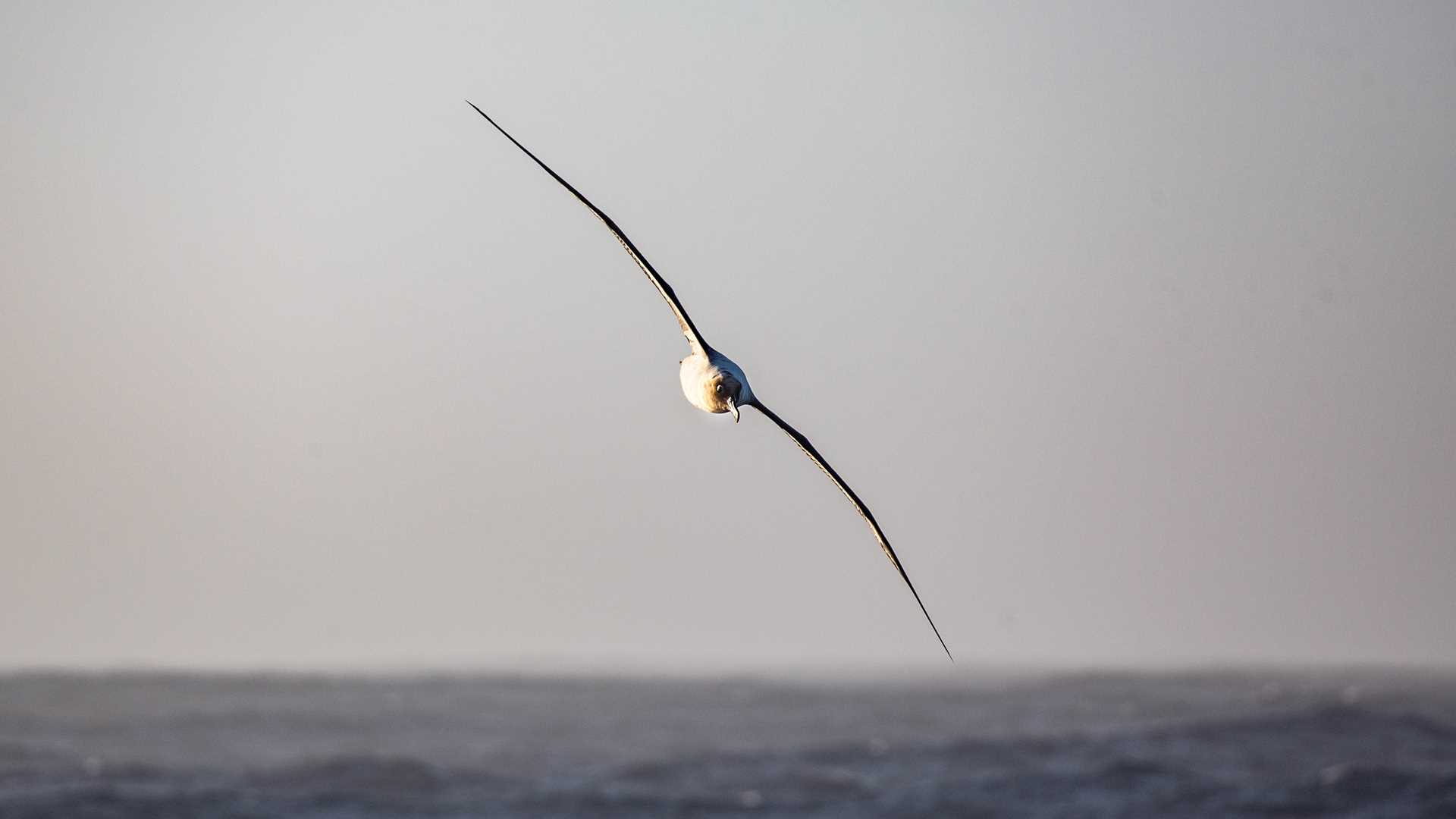Embarking on a voyage, especially a long one such as this, unavoidably comes with a building sense of suspense. Leaving for weeks to travel to the some of the most inaccessible locations on the planet is a big leap. On top of all that there’s the explaining to friends and family where you’re going, the packing, the explaining to friends and family why you’re going (and that yes it will be cold but it also will be summer), the repacking, the testing, the attempt to anticipate the unknown, trying to learn about what you don’t know so you can anticipate it. So much leads up to that moment when the mooring lines are cast off from the dock and everything starts. All that accumulated mental tension is released and like an arrow from a drawn bow, we’re off!
We successfully passed in front of the storm system that was barreling past Cape Horn, picking up some not insignificant swell but in a fairly favorable direction. The captain’s understanding of the heavy seas the Drake Passage can present and of the National Geographic Endurance’s capabilities have seen us crossing at an astonishing speed in comfort that would have been a sheer fantasy one hundred years ago.
Several species of albatross and petrels elegantly glide back and forth in the slip stream air currents we form as we slice through the deep blues of this infamous but enchanting body of water. As we pass what is known as The Convergence around mid-morning, the instruments (and fog), show a dramatic temperature shift as we enter the below freezing polar water and can proudly say we have made it into the Southern Ocean, the moat that simultaneously isolates and connects Antarctica and the rest of the planet.







